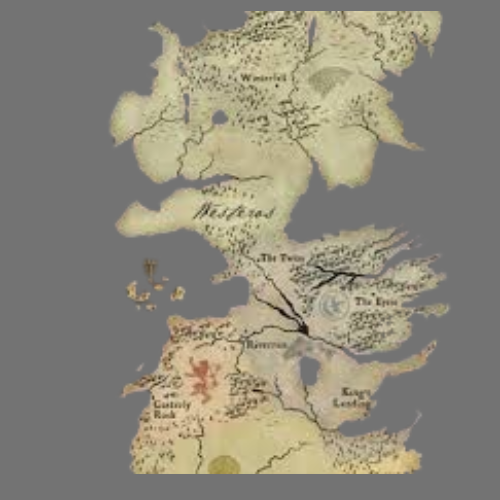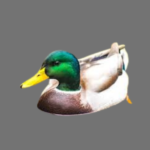The Old King Looking Over a Map: A Tale of Power, Strategy, and Legacy
In the twilight of his reign, an old king sits alone in his royal study, his weathered hands tracing the edges of a map spread out before him. The dim light of a candle flickers beside him, casting long shadows across the table. The map, worn with age, is a symbol of a lifetime of battles fought, alliances forged, and kingdoms conquered. But now, in his final years, the king looks at it not with the fervor of a young ruler but with the calm, reflective gaze of one who understands that his time is coming to an end.
This image of an old king looking over a map is more than just a moment frozen in time; it represents the culmination of a ruler’s journey—a reflection on the choices made, the sacrifices endured, and the lasting impact of their reign.
The Role of Maps in Royalty and Strategy
The Power of Knowledge
For centuries, maps have been essential tools for kings and rulers. They not only represent the physical world but also symbolize the power to control and shape it. The old king’s map is not merely a representation of land and borders; it holds the stories of conquests, treaties, and territorial changes that define his reign.
Maps have been used by military strategists to plan invasions, by diplomats to negotiate borders, and by kings to assert their dominance over vast empires. To an old king, a map is not just a practical tool; it is a record of his legacy. Every inch represents a decision that has shaped the course of history, and every symbol and marking tells the story of his rule.
Strategic Thinking Through the Eyes of an Experienced Monarch
An old king does not simply see the map as a list of towns, rivers, and mountains; he sees the complexities of alliances and enemies, the geography of battlefields, and the flow of trade routes. His eyes scan the land with the wisdom of decades spent on the throne. He knows the significance of each region, the strength of his allies, and the weaknesses of his enemies.
Unlike a young ruler, whose decisions may be driven by ambition and the desire for power, an older king’s gaze is more measured, more cautious. His experience has taught him that every decision on the map is a piece of a larger puzzle that, once set in motion, is difficult to undo. As he traces the contours of his kingdom, he considers not just the land, but the people—his subjects, his soldiers, and his heirs.
The Reflection of a Lifetime of Decisions
The Weight of Legacy
As the old king gazes over the map, he reflects on the choices he has made throughout his reign. Each decision has led him to this moment, and the map serves as a tangible reminder of the path he has walked. The roads he has paved, the battles he has won, and the alliances he has forged are all etched into the landscape before him.
The map is also a record of his failures—lands lost, rebellions quelled, and promises broken. In the quiet of his study, the old king acknowledges these moments of defeat, understanding that no ruler’s reign is without flaw. However, he also recognizes that his legacy will be shaped by how he deals with those failures and the lessons learned from them.
The Passing of Power
At some point, every king must face the inevitable truth: his reign will not last forever. The old king’s map represents not just the lands he has conquered but the future of his kingdom. As he looks at the borders of his realm, he wonders what will become of it once he is gone. Will his heirs continue his work, or will they falter in the face of challenges? The map becomes a metaphor for the passing of power—the constant cycle of rulers, each leaving their mark on the land.
For the old king, this is not a moment of despair but one of quiet acceptance. He has done what he could, and now the future lies in the hands of others. But even in this moment of relinquishment, the map offers him comfort. It is a reminder that, while he may not rule forever, his decisions will continue to shape the kingdom long after his death.
The Symbolism of the Old King’s Map
The Map as a Mirror of the King’s Soul
The old king’s map is not just a tool for governance; it is a reflection of his soul. As he looks at it, he sees not only the land and people he has ruled but the story of his own life. The colors of the map, the intricate details, and the marks of his hand all speak to the kind of king he has been. His map is a map of his heart—each line a memory, each curve a lesson learned.
In this sense, the map is both personal and universal. It represents the journey of all rulers, the trials they face, and the legacy they leave behind. As the old king contemplates the territories he has shaped, he also considers the emotional landscape of his reign—the triumphs, the losses, and the complex relationships that have defined his rule.
The Influence of Nature and the Land
The land itself plays a significant role in shaping the king’s perspective. In the distant past, kings often ruled over vast, untamed territories. Nature was as much a force to reckon with as any human adversary. Rivers could change course, storms could destroy crops, and mountains could act as natural barriers to conquest.
An old king looking at a map may reflect on how nature itself has influenced his reign. Perhaps he remembers the great floods that ravaged the land or the bitter winters that forced him to make difficult decisions. The land is more than just a backdrop for his reign; it is a character in the story of his rule.
The Map as a Blueprint for the Future
While an old king may be nearing the end of his reign, the map in front of him represents the future of the kingdom. It is a blueprint for what lies ahead—a reminder that the kingdom will continue to grow and evolve long after he is gone. He may not be there to see it, but his influence will endure in the decisions made by future rulers.
The map, with its carefully drawn borders and routes, represents both the achievements of the past and the potential of the future. Even in his old age, the king remains a part of the living history of his land. His legacy is embedded in the very fabric of the kingdom he has built.
The End of an Era: The Last Gaze
As the old king looks at the map, he knows that his time is drawing to a close. The map is no longer just a tool of power; it is a testament to a life lived in service to the kingdom. The once-vibrant colors of the map have faded, just as his own vitality has diminished over the years. But in his mind, the king is still the ruler he once was—wise, experienced, and thoughtful.
His final act as king may be to leave behind a kingdom that will continue to thrive, to pass the torch to the next generation, and to ensure that the legacy of his reign endures. The old king’s gaze, lingering over the map, is the last chapter in the story of a ruler who has lived a full and meaningful life.
Conclusion: The Lasting Legacy of a King
The image of an old king looking over a map is a powerful symbol of the complexities of leadership, the passage of time, and the enduring impact of decisions made throughout a lifetime. The map is not just a representation of the land but a record of the king’s journey—his triumphs, his mistakes, and the legacy he leaves behind. For the old king, the map is a final reflection, a quiet acknowledgment that while his reign may end, his influence will live on.


